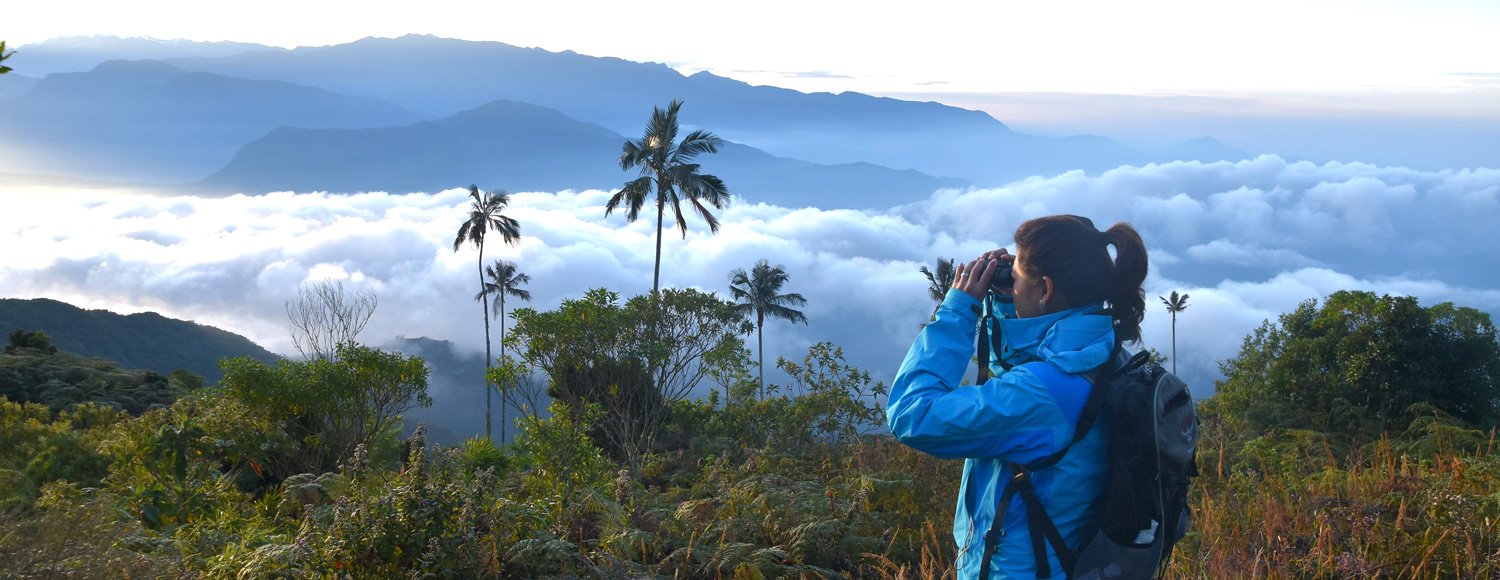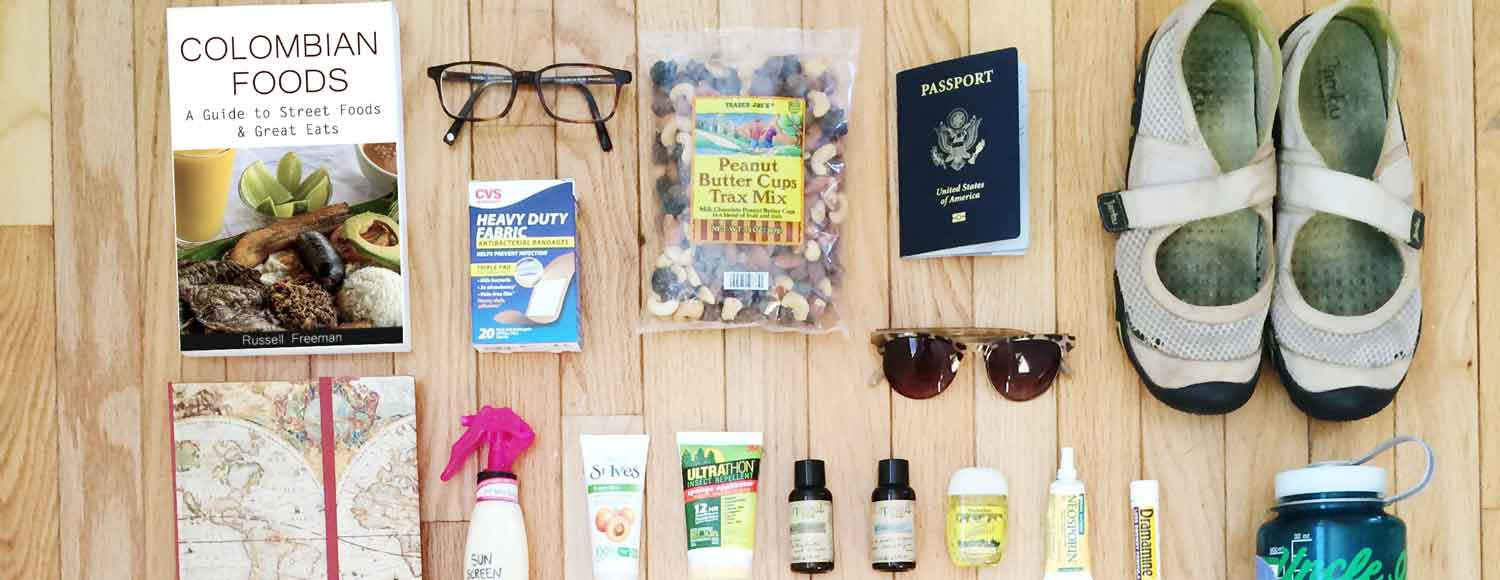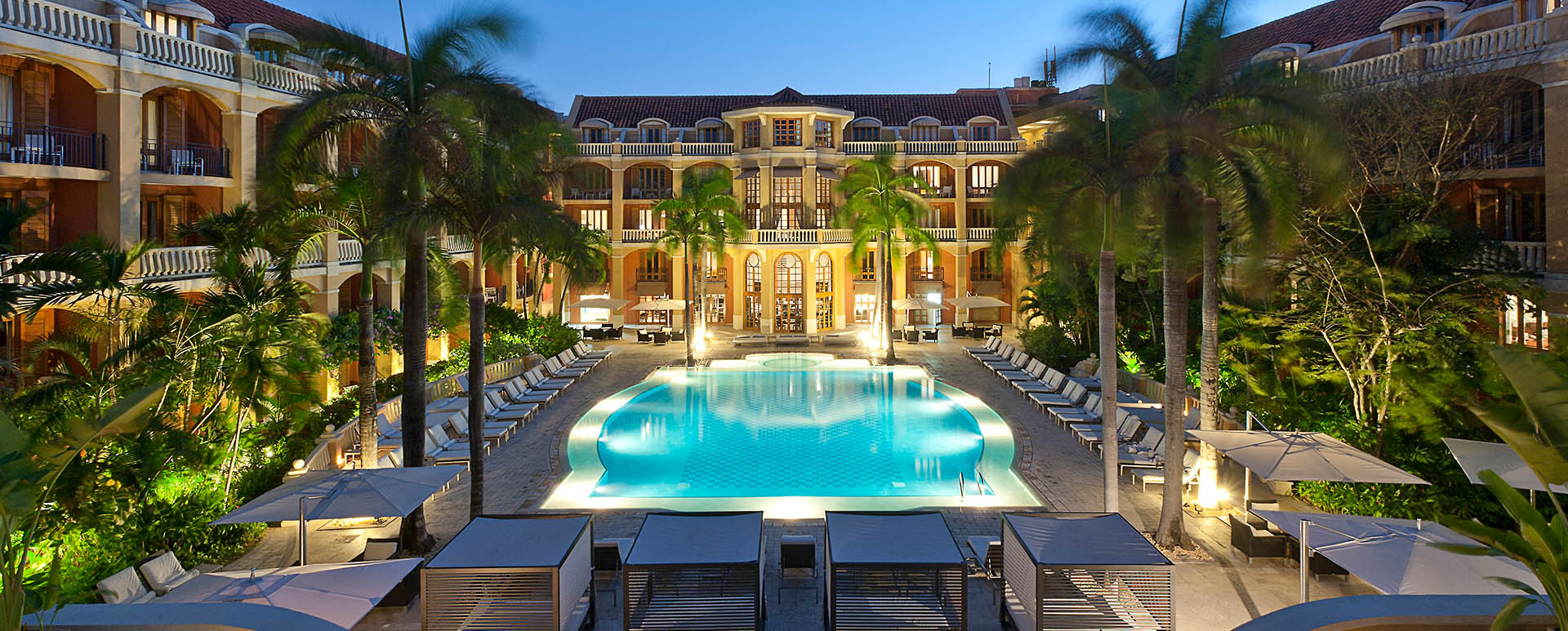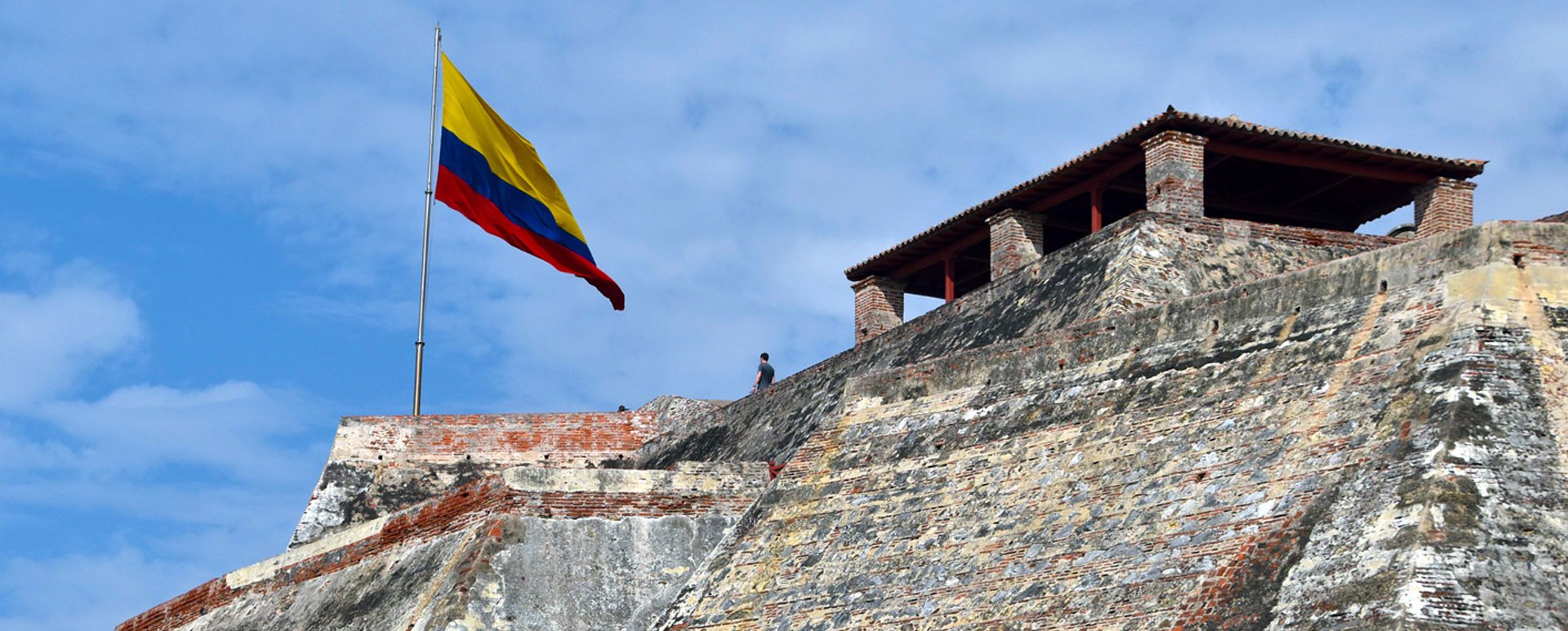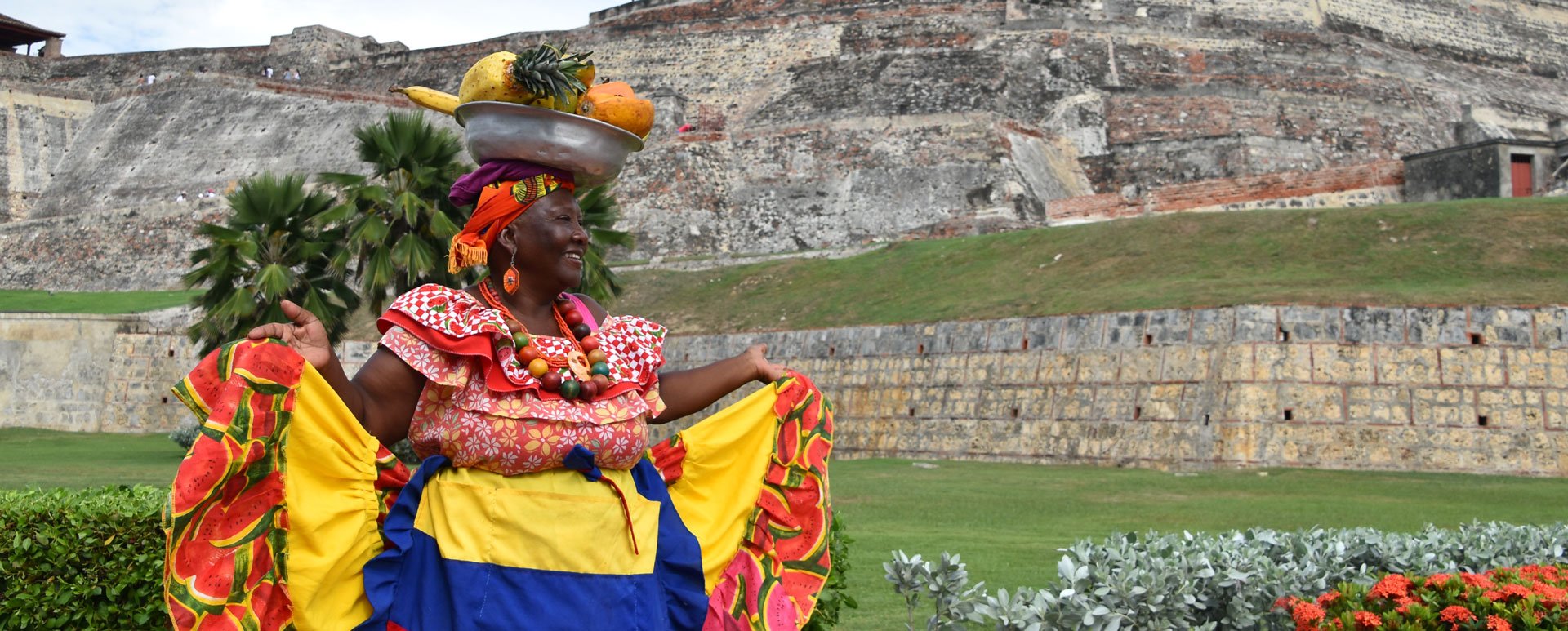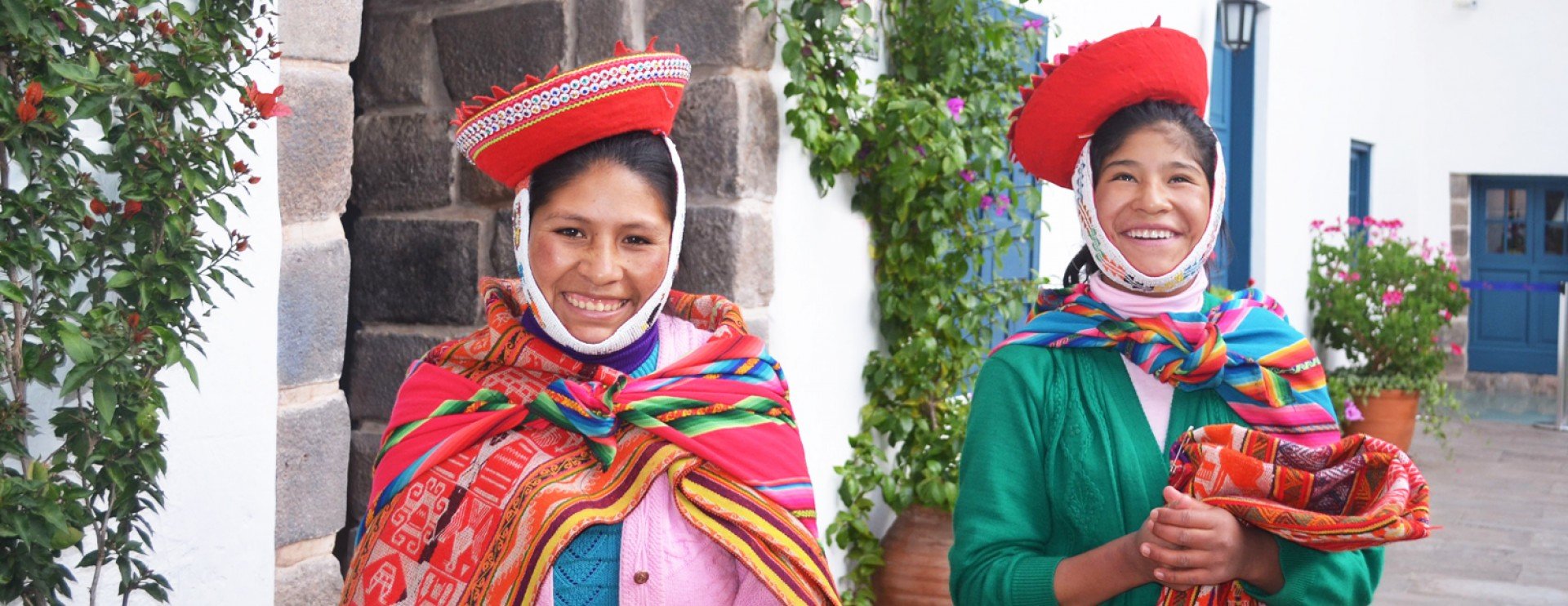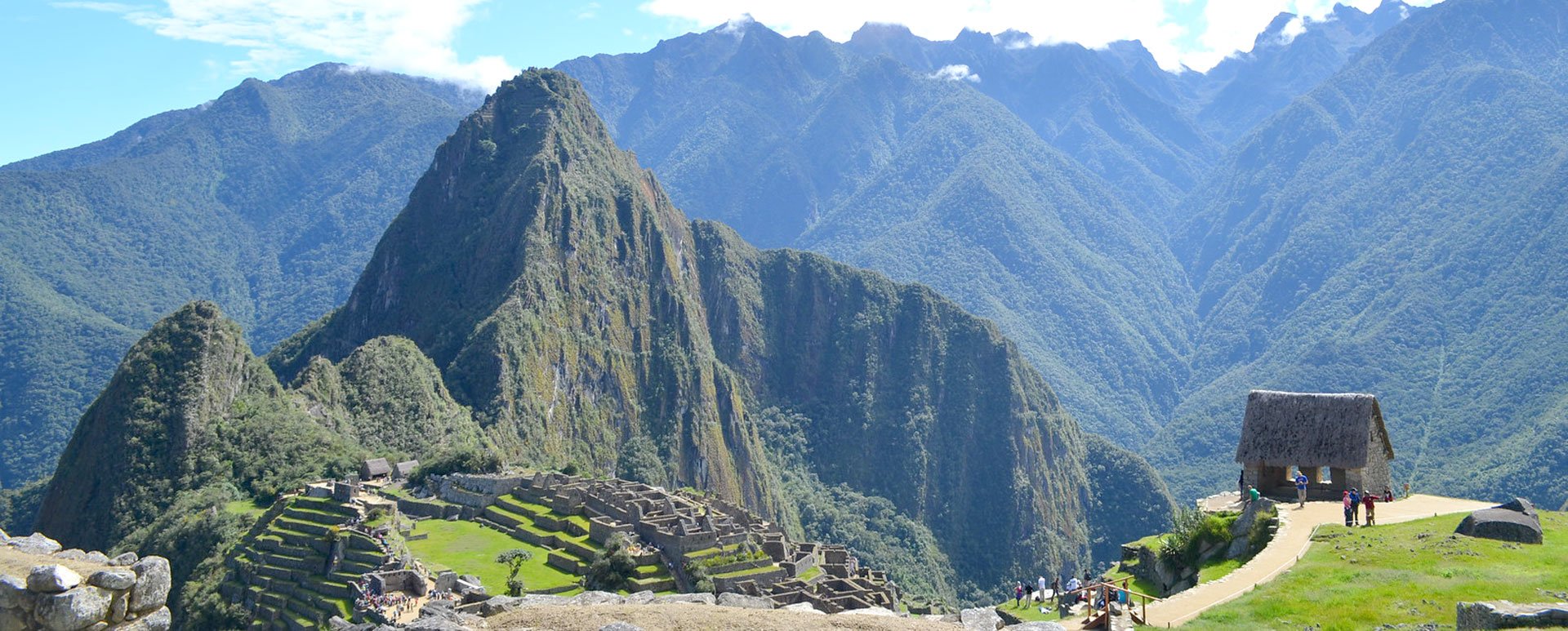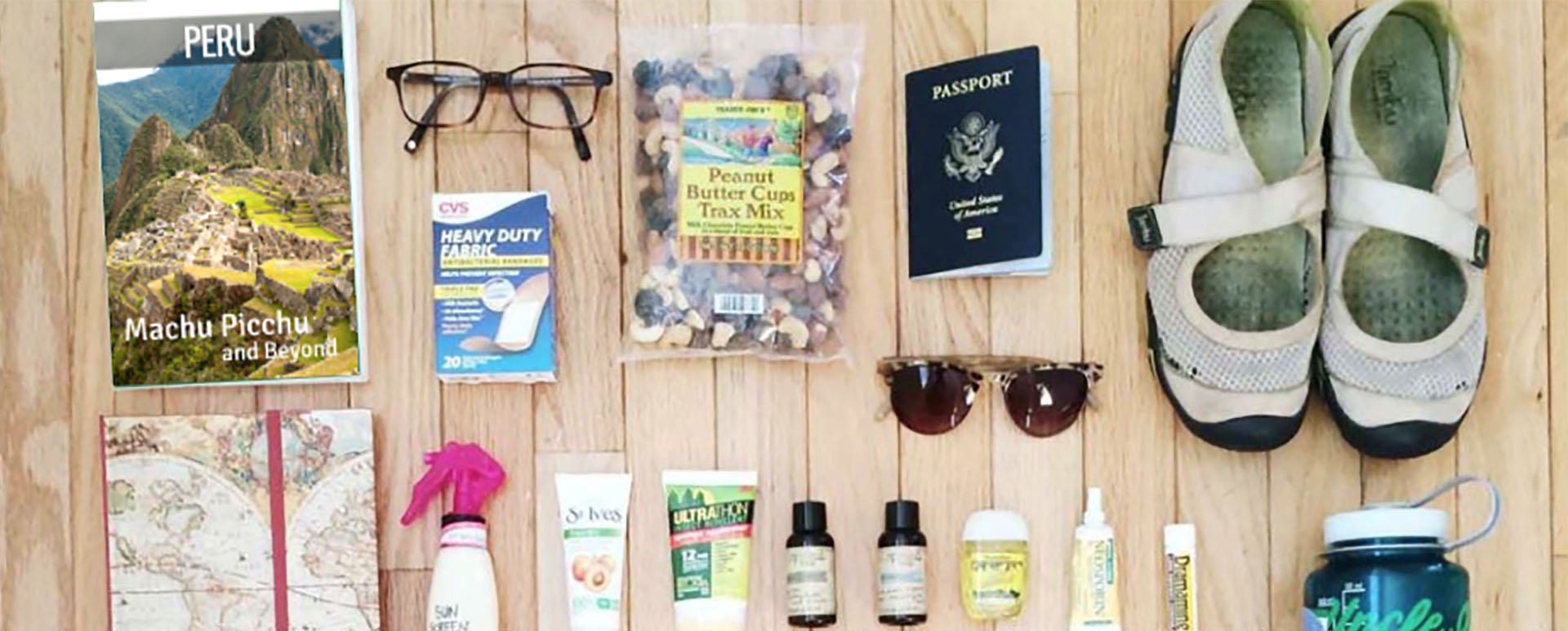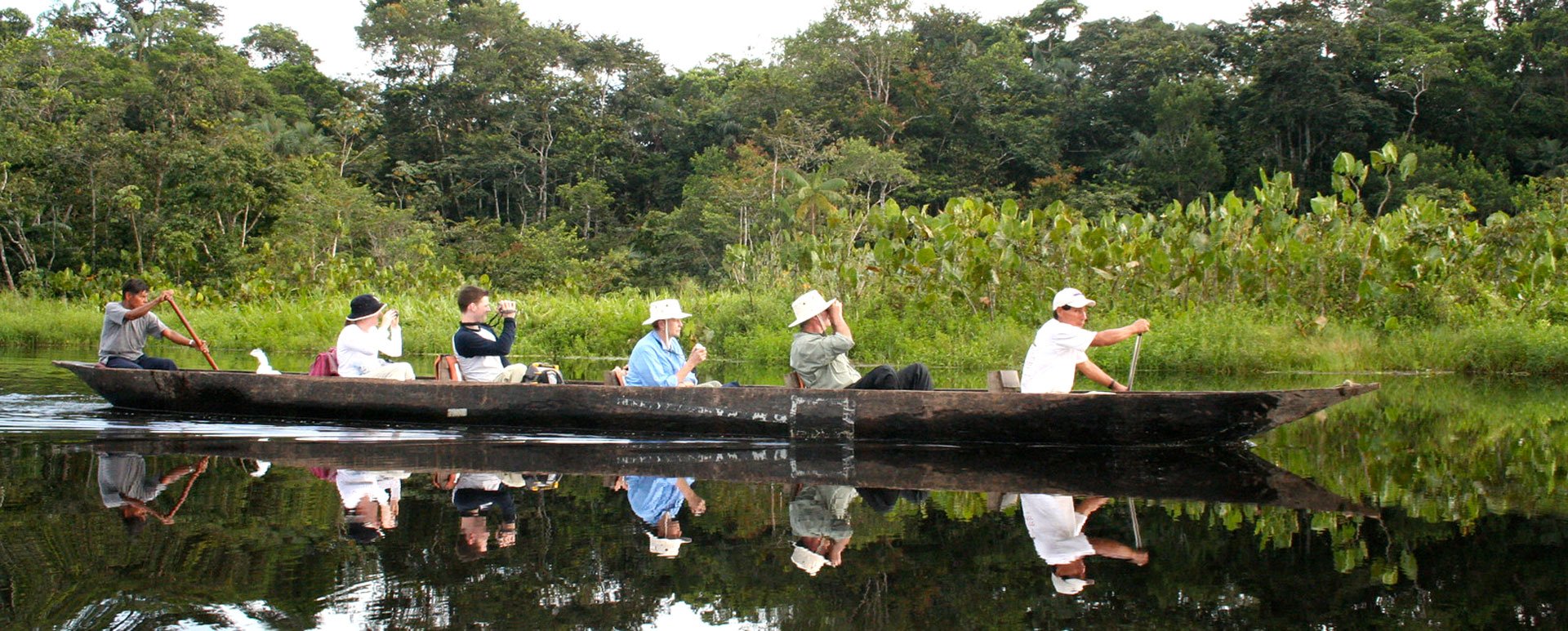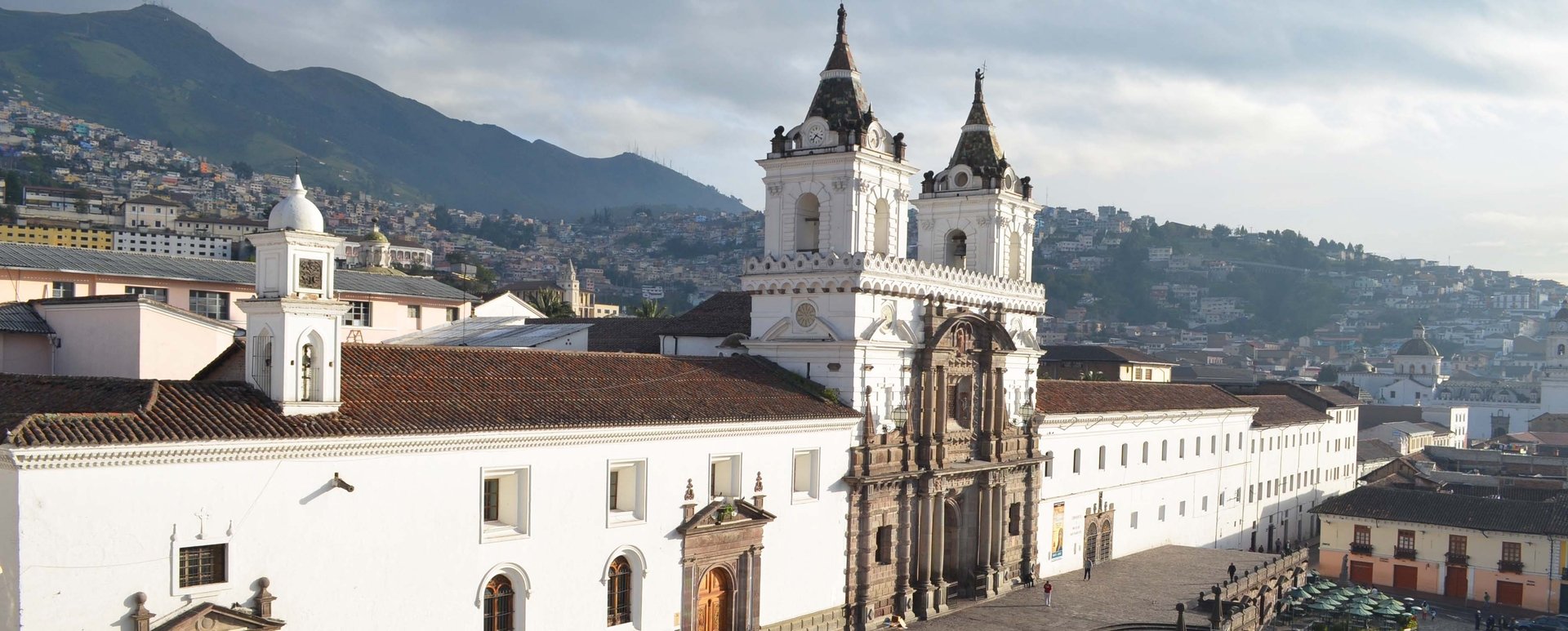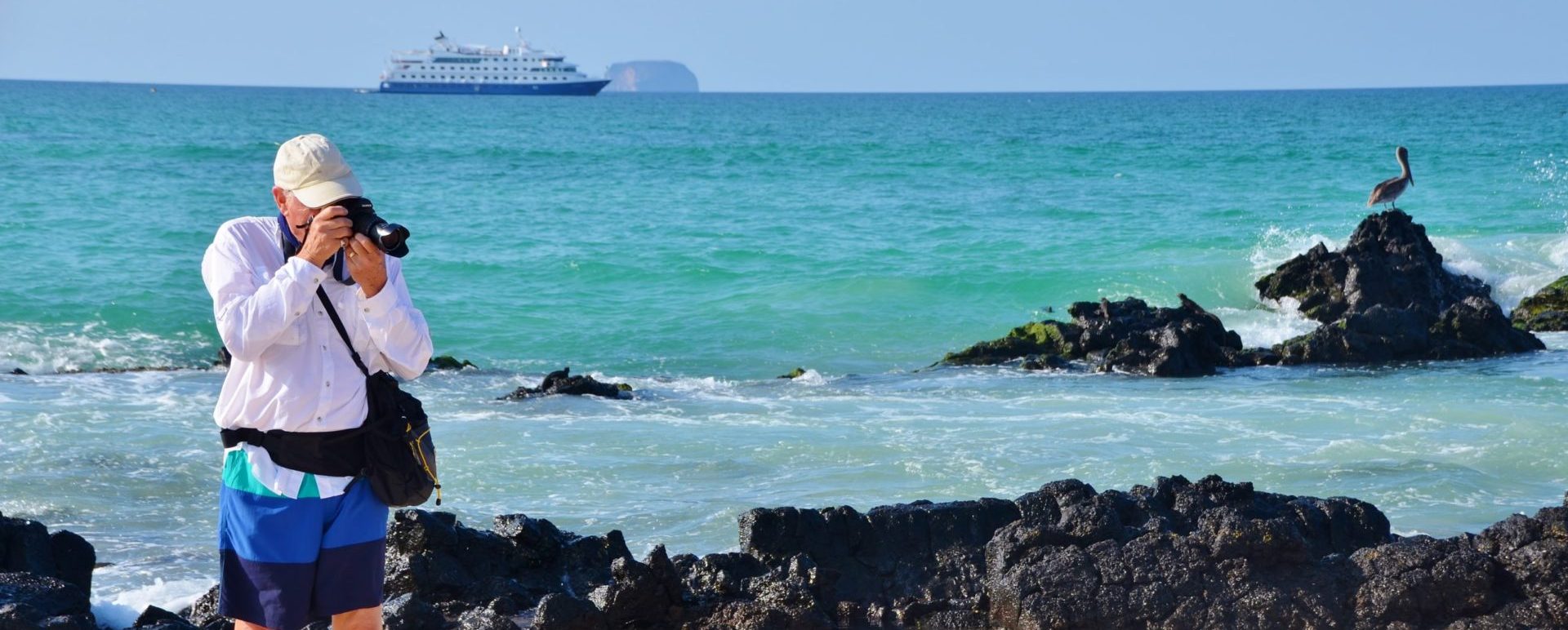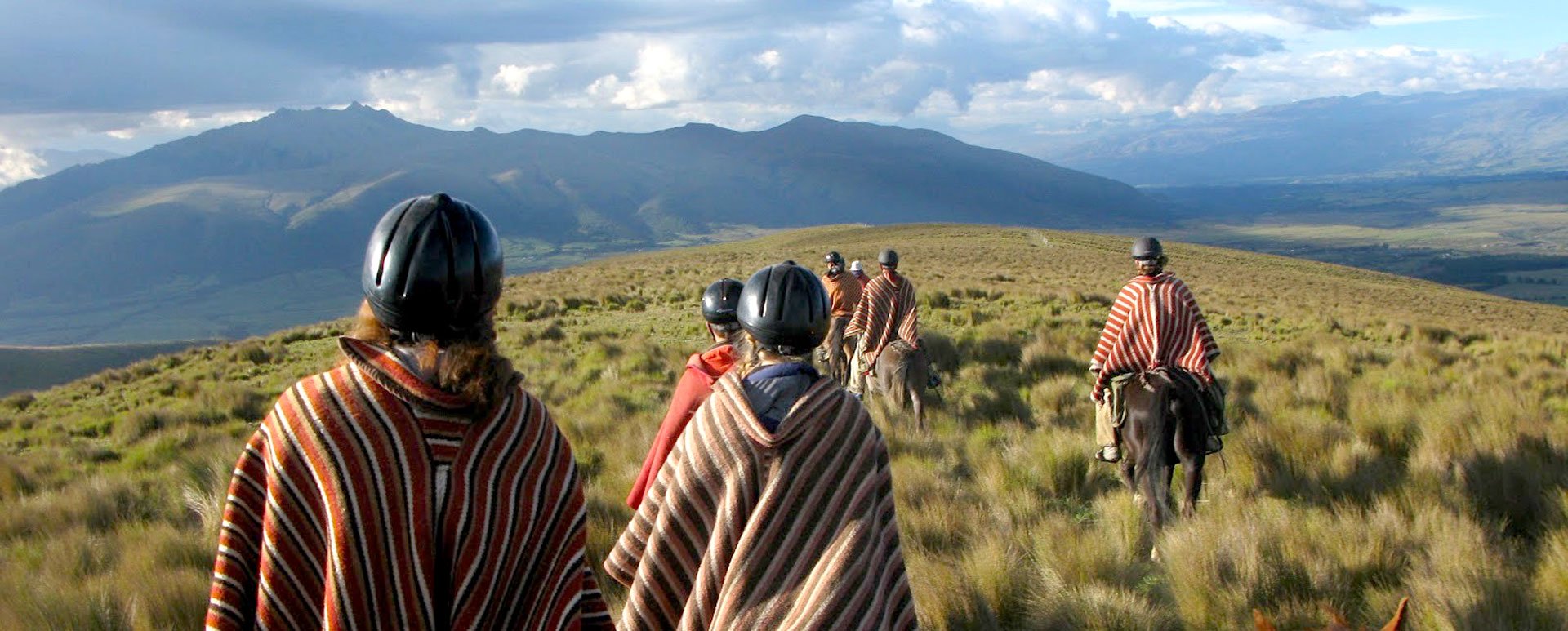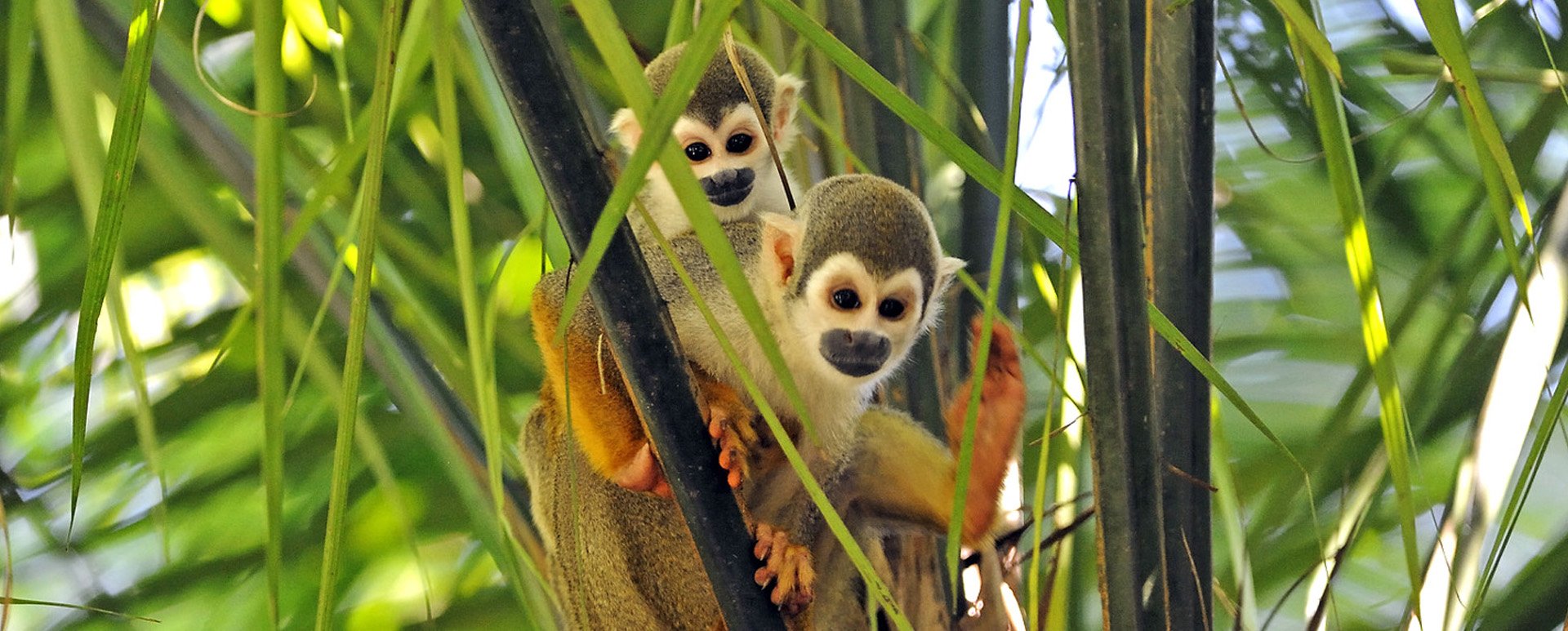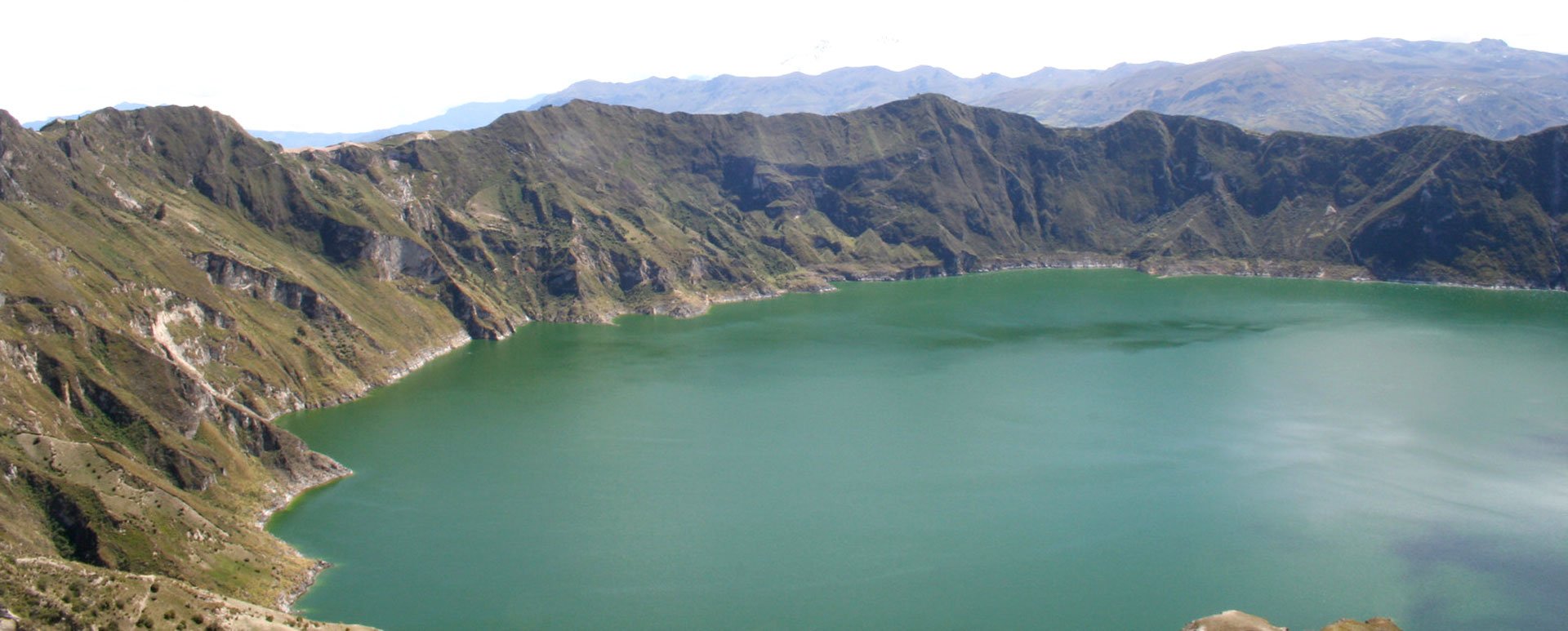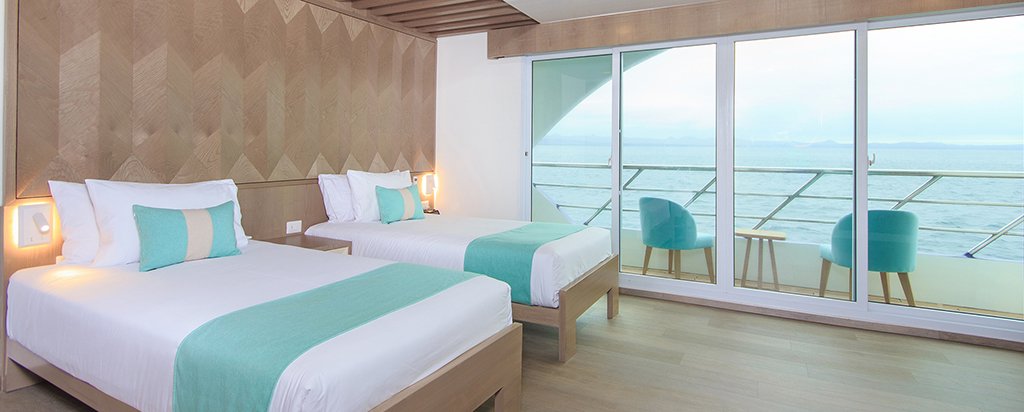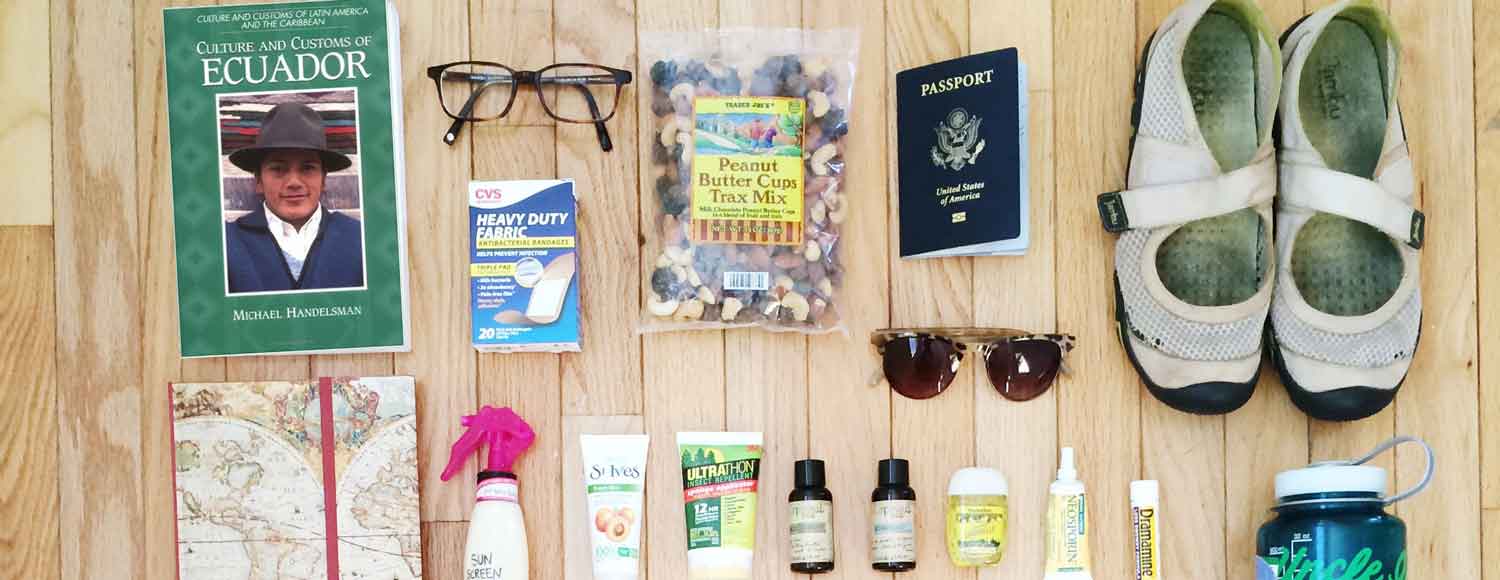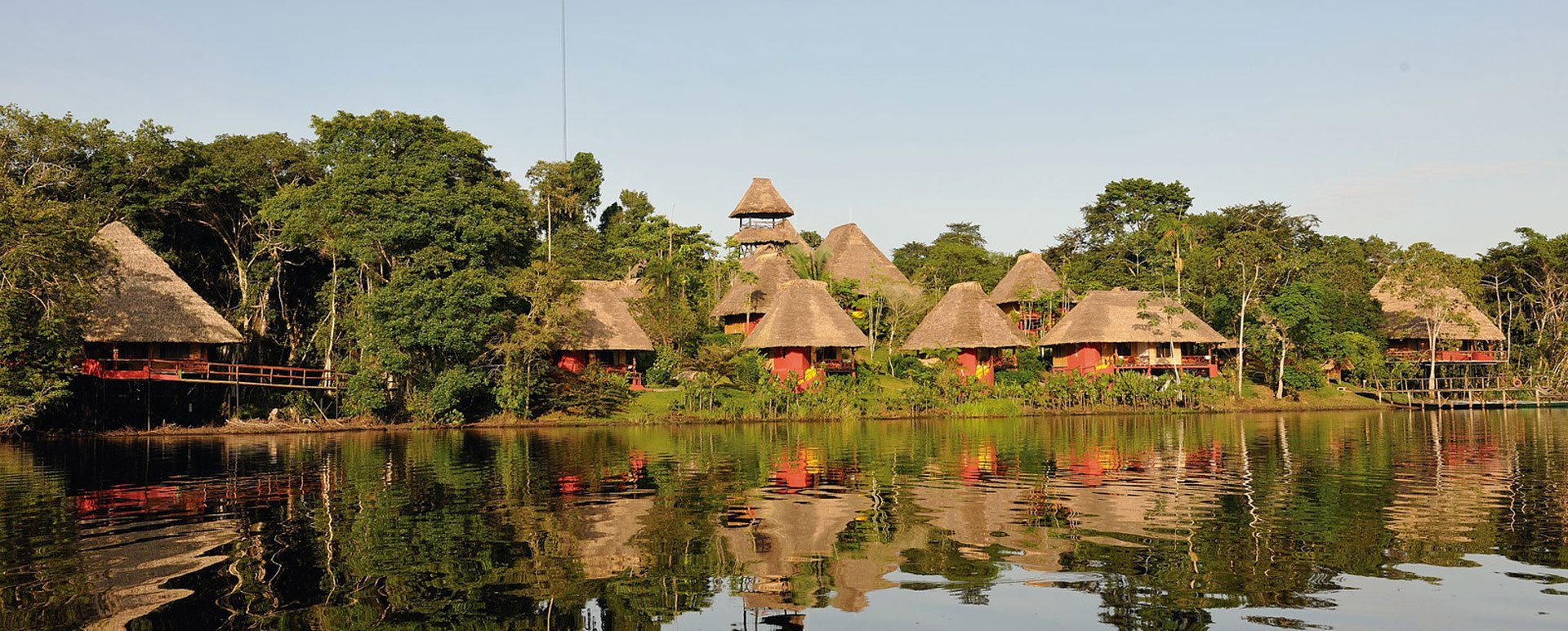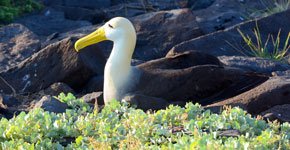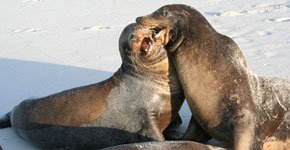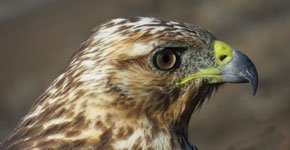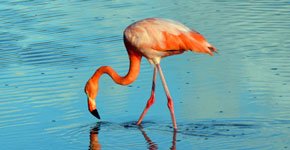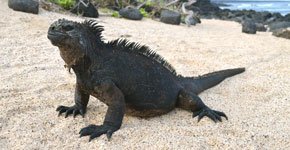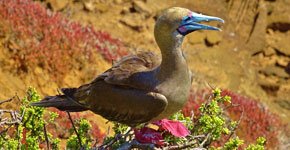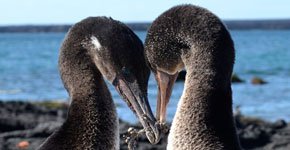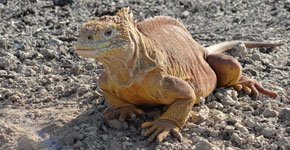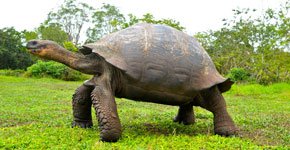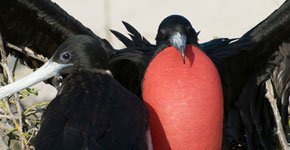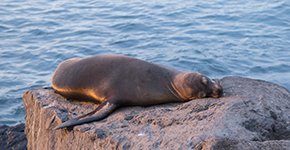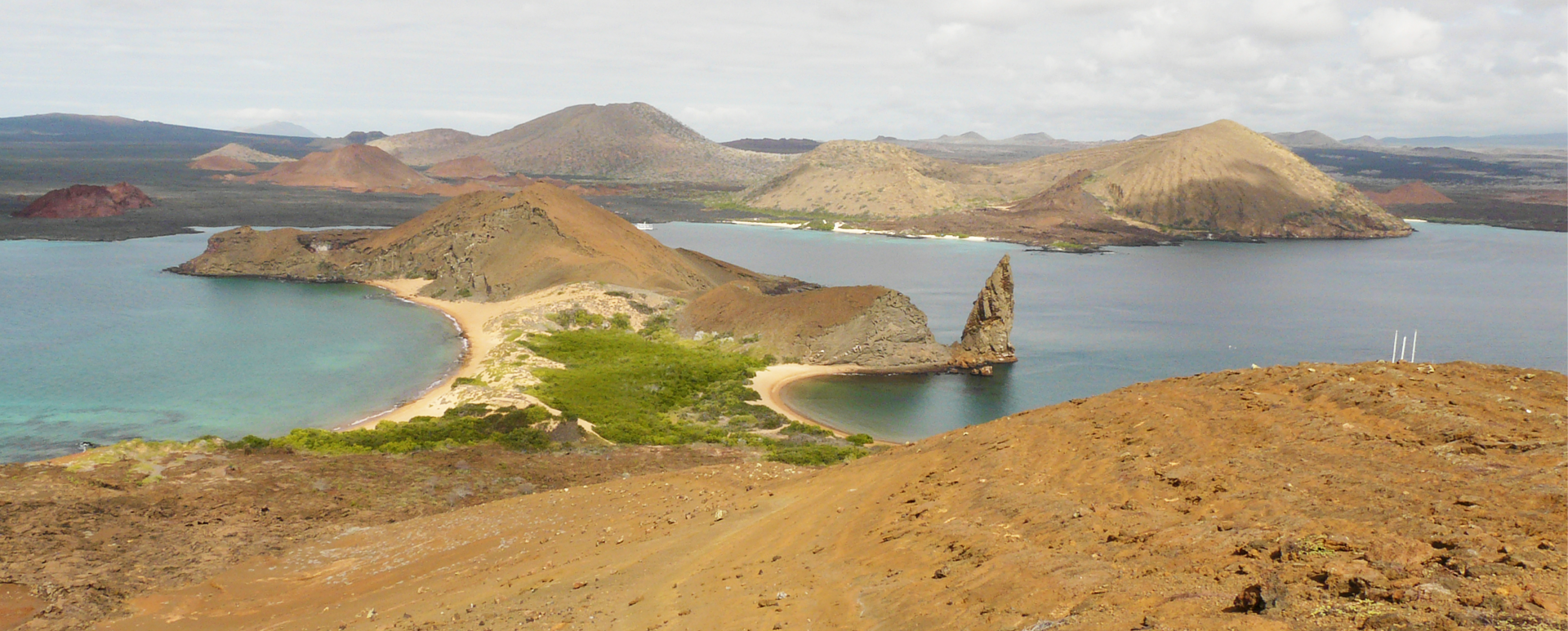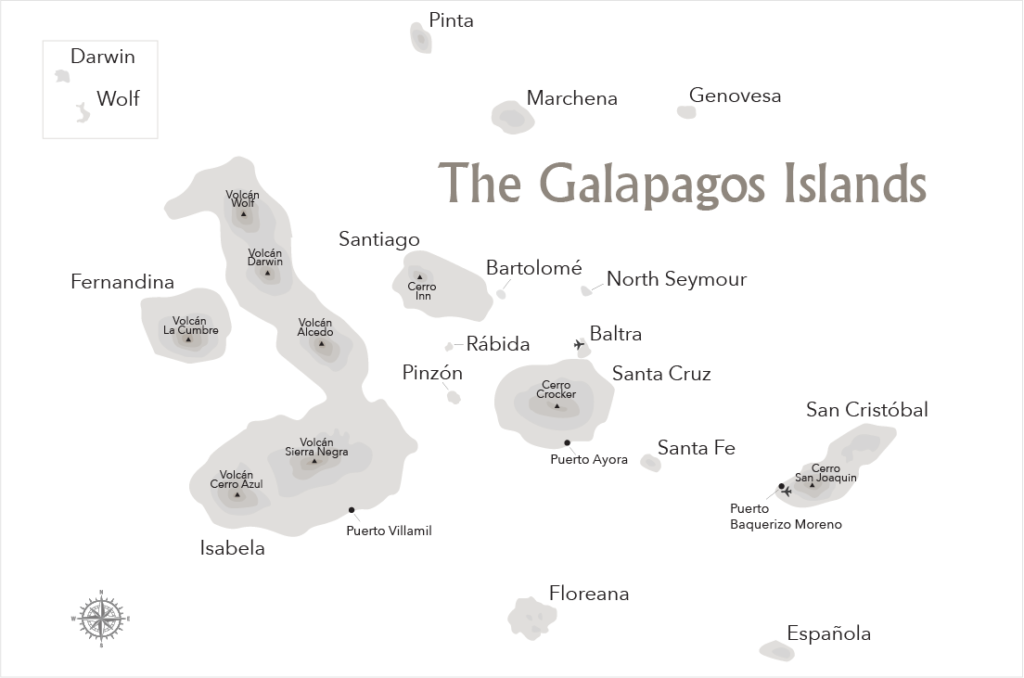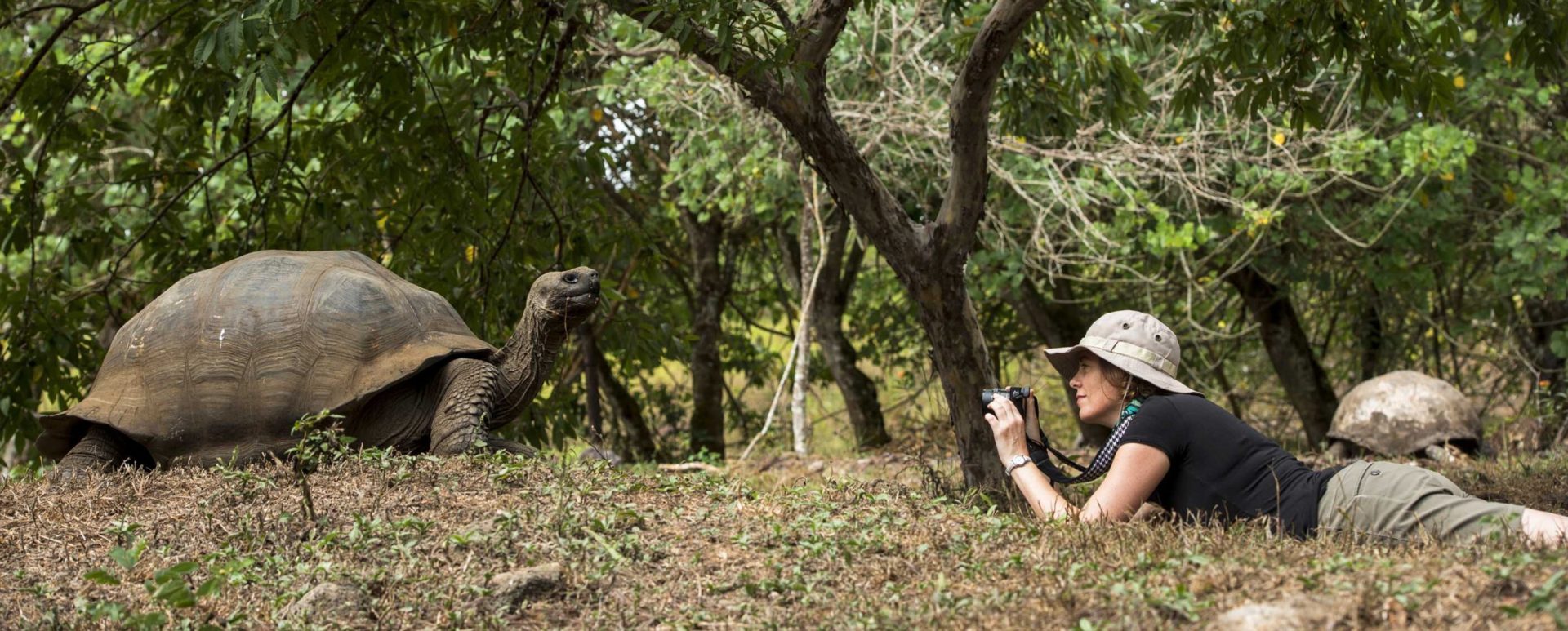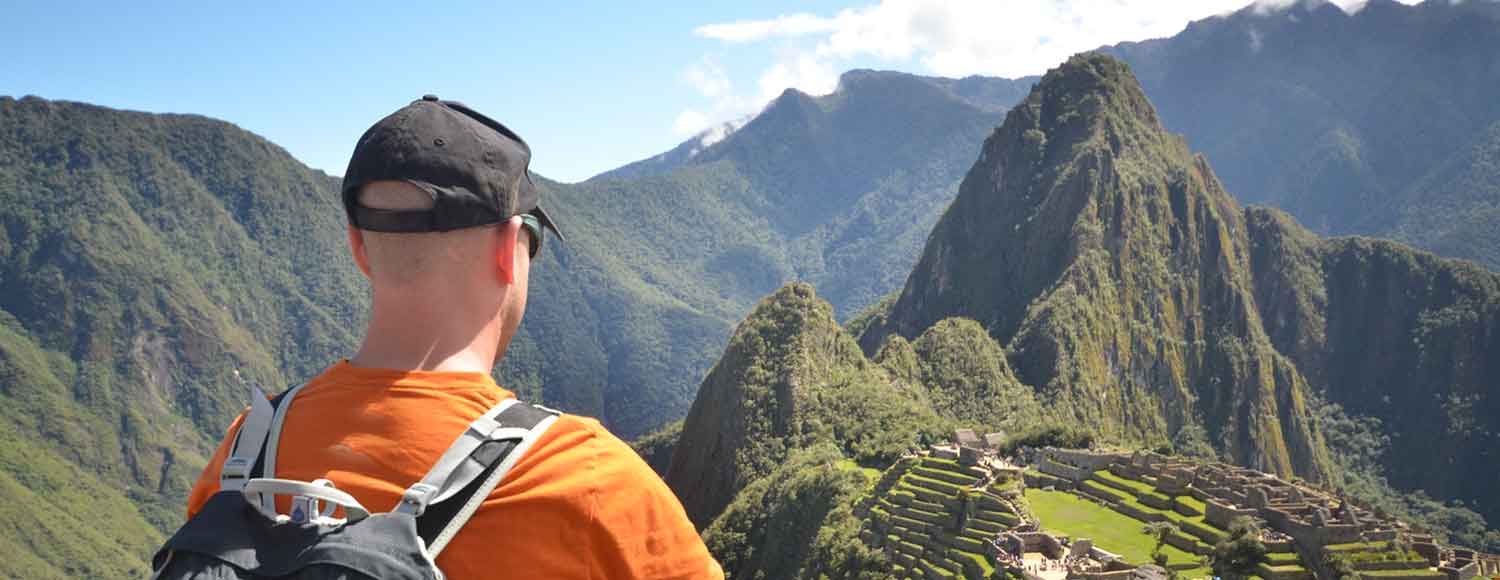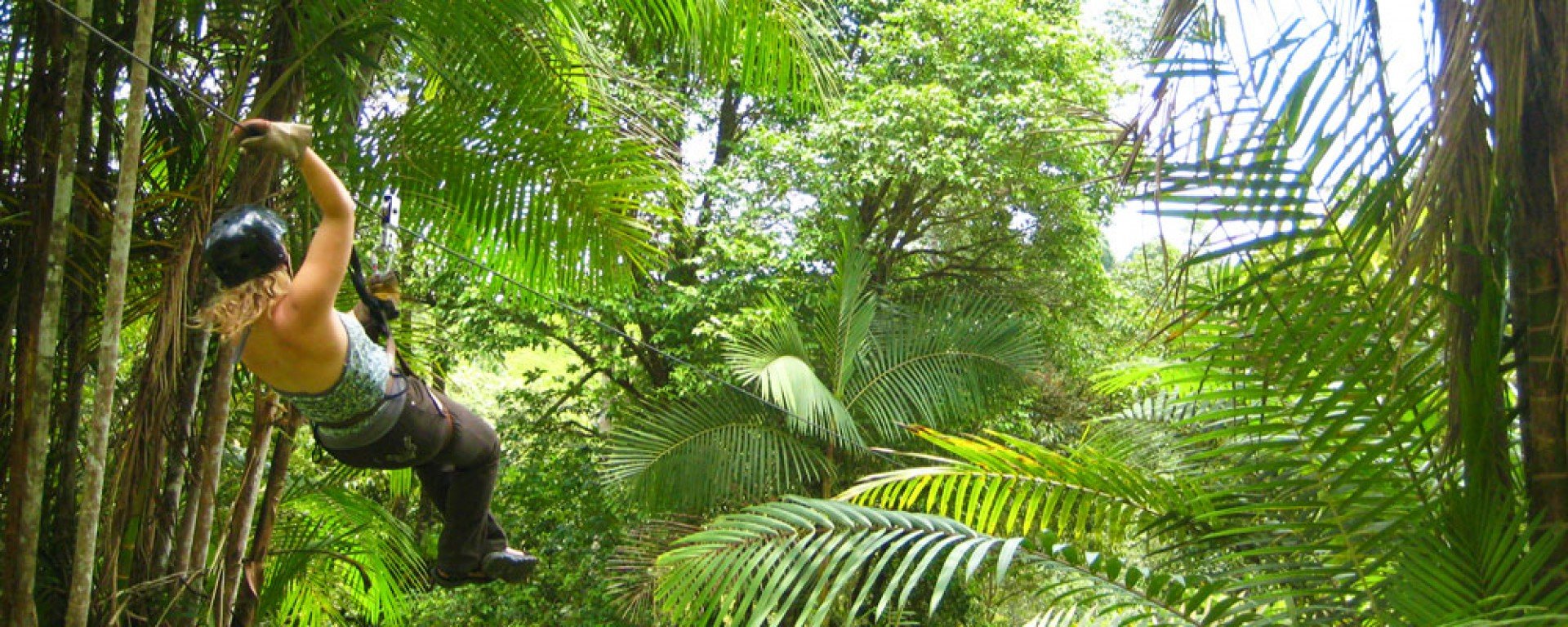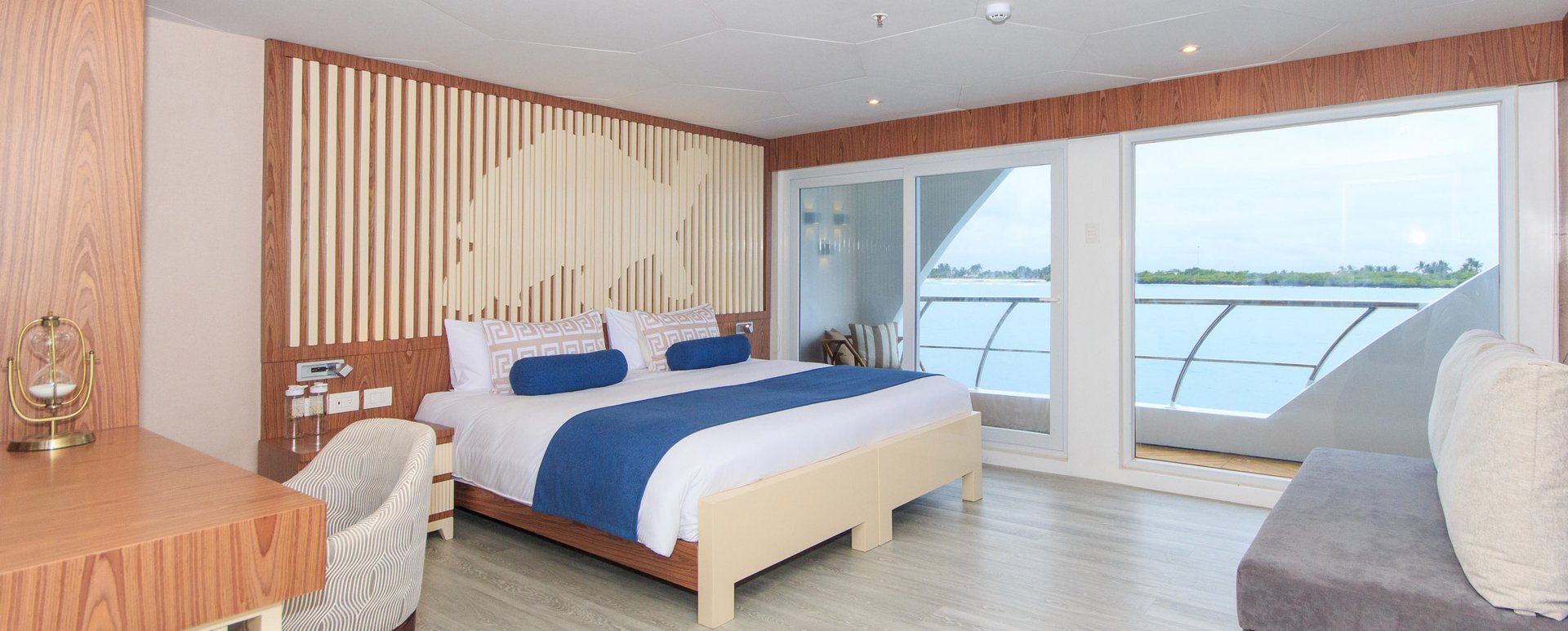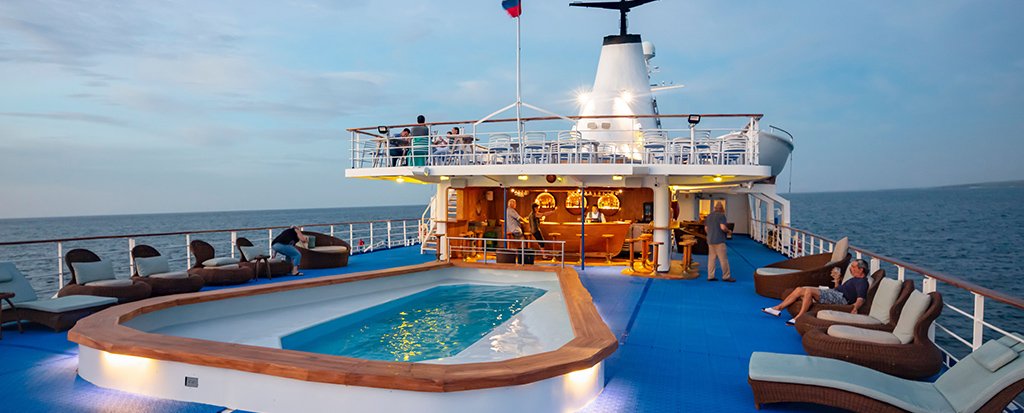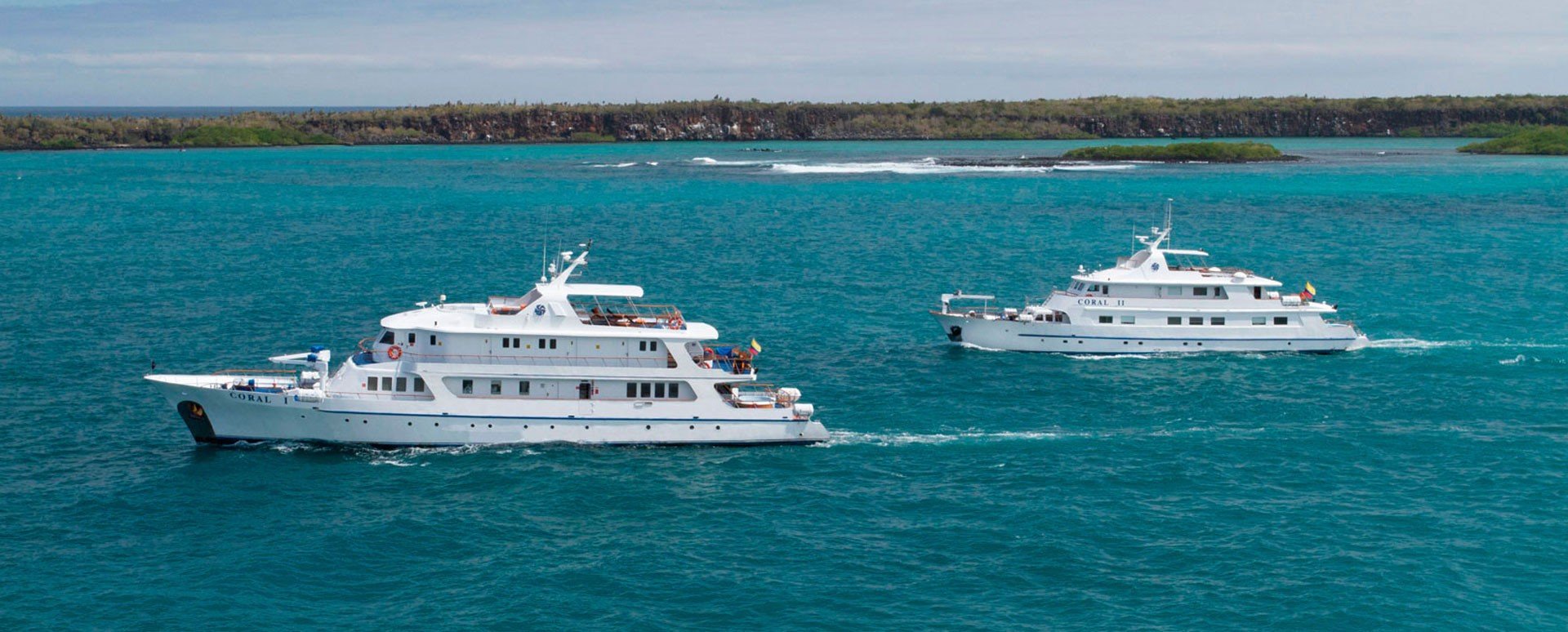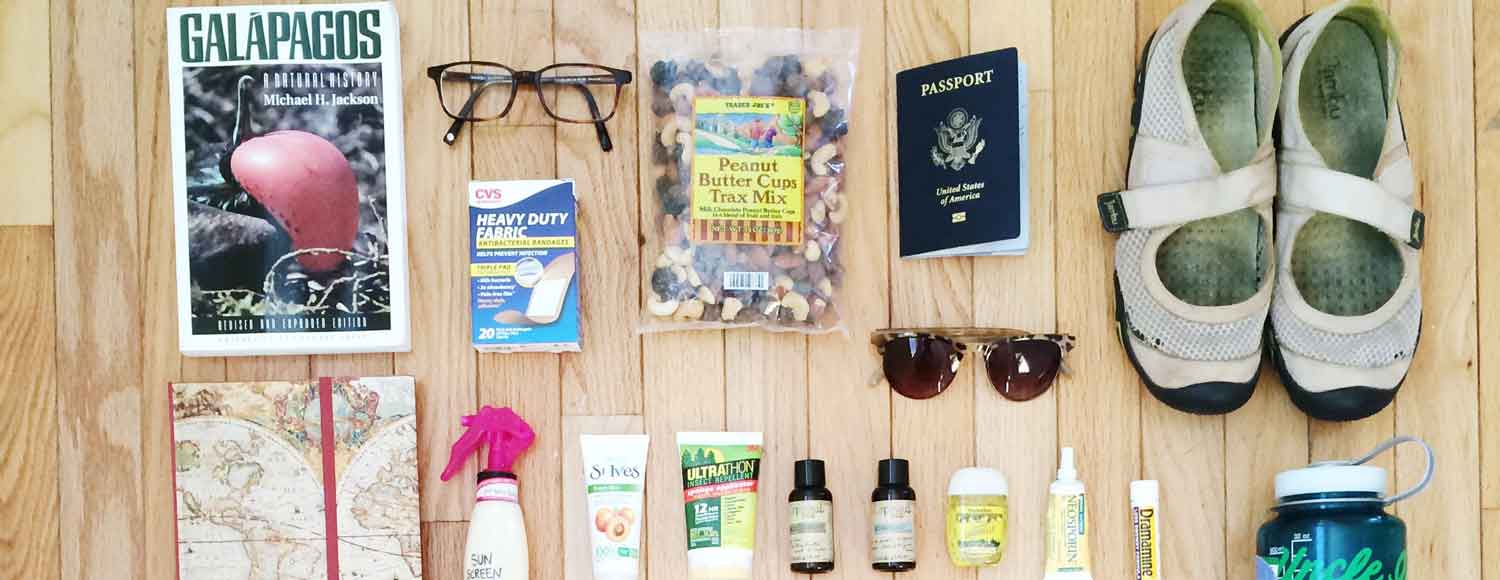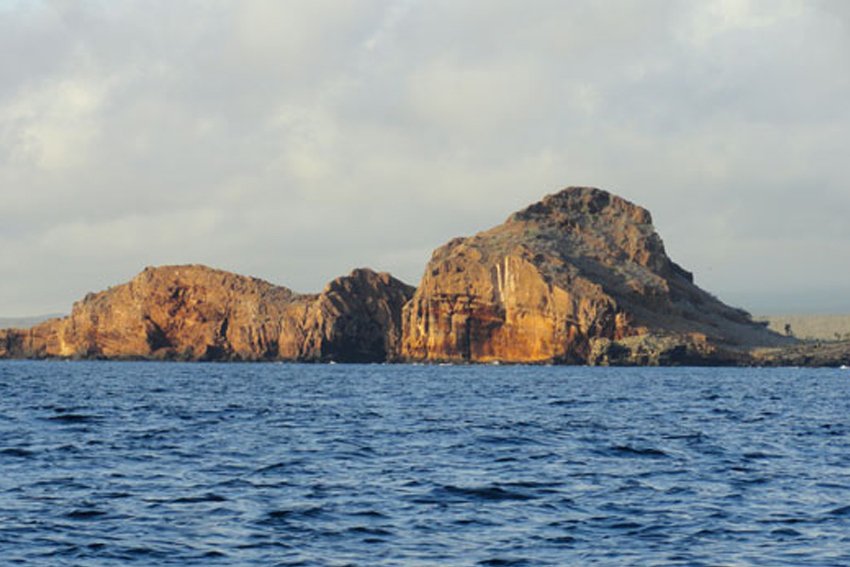
Maria’s Andean Adventure-Day 6: Galapagos Legend Cruise
It was another early wake-up this morning. I met Antonio at 4:45am, and he drove me to the Quito airport for my flight to the Galapagos.
Even before passing through customs on Baltra Island, it was clear to me how seriously the Ecuadorian government dealt with environmental conservation. We watched a video on the flight that explained what is and what is not allowed to be brought into the Galapagos, and what precautions to take in order to avoid harming or influencing the ecosystem. We also had to go through an additional level of security upon entering the Galapagos (even though it is part of Ecuador), to make sure our bags didn’t contain seeds, food, or any kind of threat to wildlife.

At the Baltra Island airport, I was directed to a group of travelers on the same Galapagos cruise as me, onboard the Galapagos Legend. We put on life jackets and boarded a small motorboat (which I heard referred to as a zodiac, dinghy, and panga) to take us to the Legend.
Onboard, we received a welcome cocktail and briefing about the islands. Once again, it was made very clear that environmental conservation and sustainable practices were a priority. The boat provided biodegradable shampoo and soap in the bathrooms, for example, and after each excursion the crew would hose off our feet so we didn’t bring any sand from the islands onboard. The Galapagos islands are a pristine nature reserve where the impact of human has been able to remain relatively minimal, and Galapagos national park regulations were in place to keep it that way. Since the animals on the islands had no mammalian predators that resembled humans, they had no instinctive fear of humans, and were willing to approach groups of people. We were asked to keep a distance of at least 6 feet from the animals and not use any flash. There were also clear marked trails that everyone was to stay within during our visits to the islands. These regulations largely contributed to the unique experience we were all able to have. We could get up close to the animals on the islands, and enjoy landscapes that did not contain manmade structures or pollution.

All passengers onboard the Legend were split into 3 smaller groups (Albatross, Boobies, and Cormorants) of around 15 people each, for disembarking and exploring the islands. We boarded the small panga boats from the Legend in these 3 shifts, each boat with a naturalist guide.
Our trip on the first day was to Mosquera islet. At this time though, the waves were very choppy, and a wet landing on the beach was not possible (there was no dock for this landing). Instead, we took the boat around the island and our guide pointed out the wildlife that was visible. On this first stop, we saw sea lions playing and sleeping on the rocks, a blue-footed boobie, and iguanas. We also saw quite a few frigate birds (the males have a red membrane under their necks that they expand like a balloon to attract females), and our guide Fatima pointed out aquatic life she noticed near our boat: a hammerhead shark and a school of yellow fish.
After this outing on the beautiful, blue-green water, we had dinner back on board, a welcome cocktail, and a briefing about our first full day on the Galapagos Legend tomorrow.

